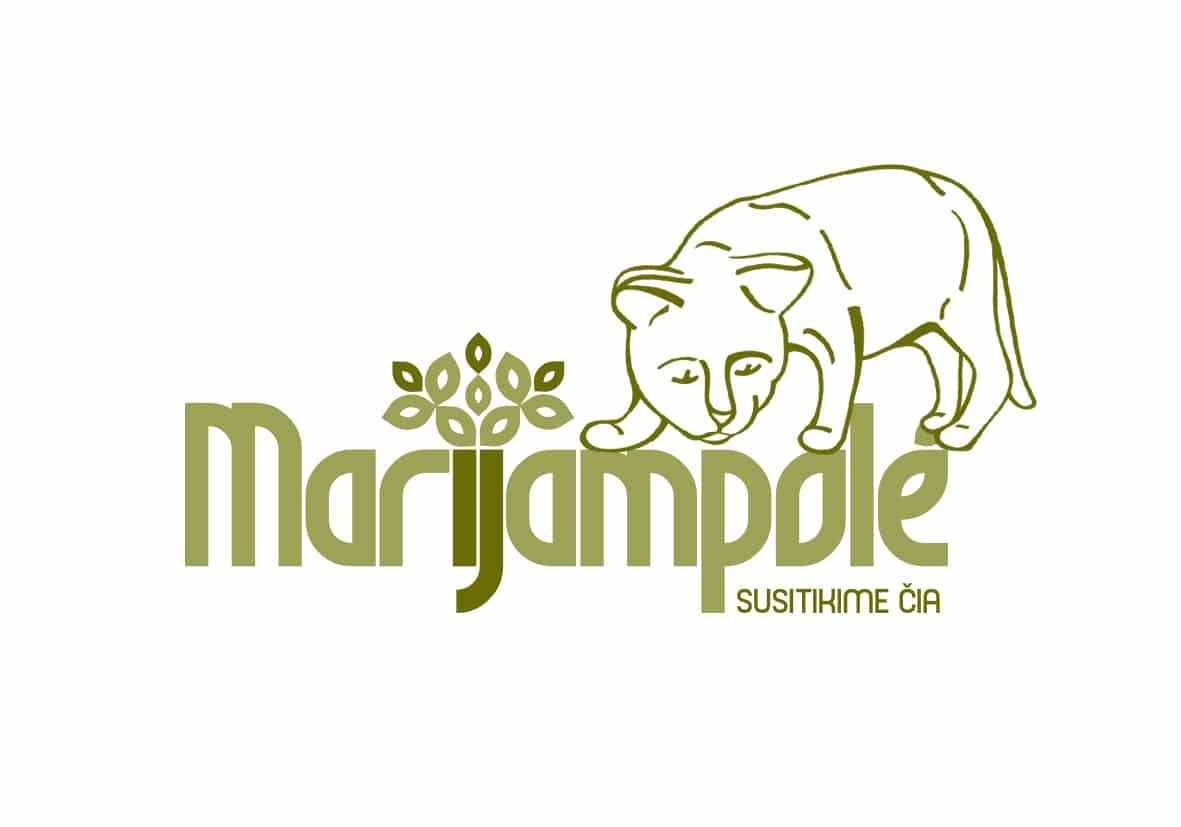Home of priest, Siberian Lithuanian soul-builder Kristupas Švirmickas
This priest was exiled to Siberia for distributing forbidden literature, where he became a shepherd of the largest parish in the world. When he was allowed to return to his Homeland after amnesty, the priest remained a priest of exiles of his own volition, and in 1855 he was appointed a permanent cleric of Irkutsk and a military chaplain of Siberian troops. When priest K. Švirmickas celebrated his 50th anniversary of the priesthood in 1887, he received a special gift from Siberian priests – a cup crowned with thorns. Pope Leon XIII sent him a gold cup. In a letter sent together, he called it "the pride of Catholic missionaries, the decoration of the marion and the joy of the Pope's heart." On October 30, 2014, a chapel-monument to the book-spreader was created by sculptor Algimantas Sakalauskas and unveiled in Varnupiai village near Daukšiai. The monument arose in the place where the Švirmickai homestead-manor once stood.

